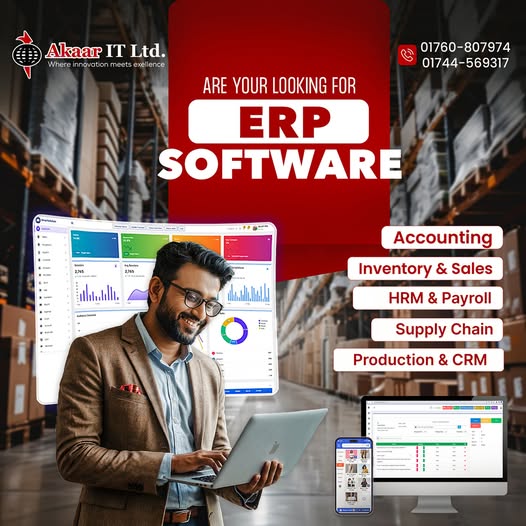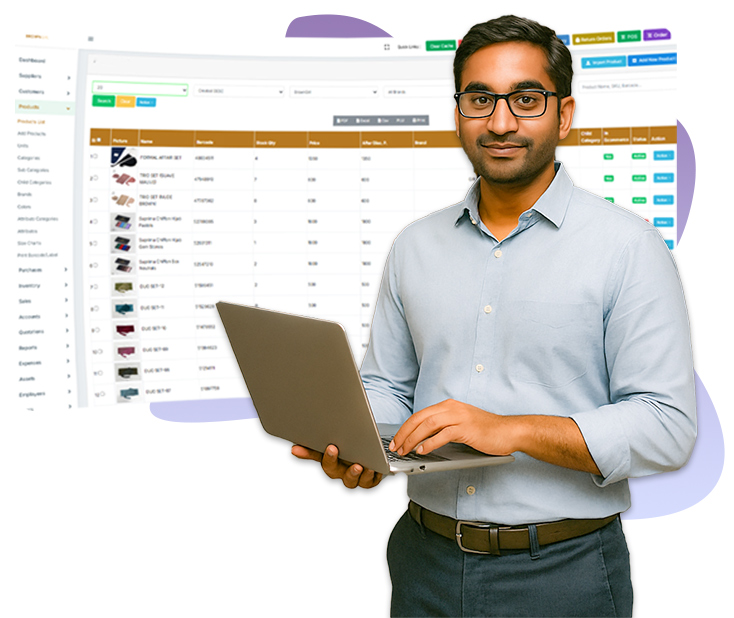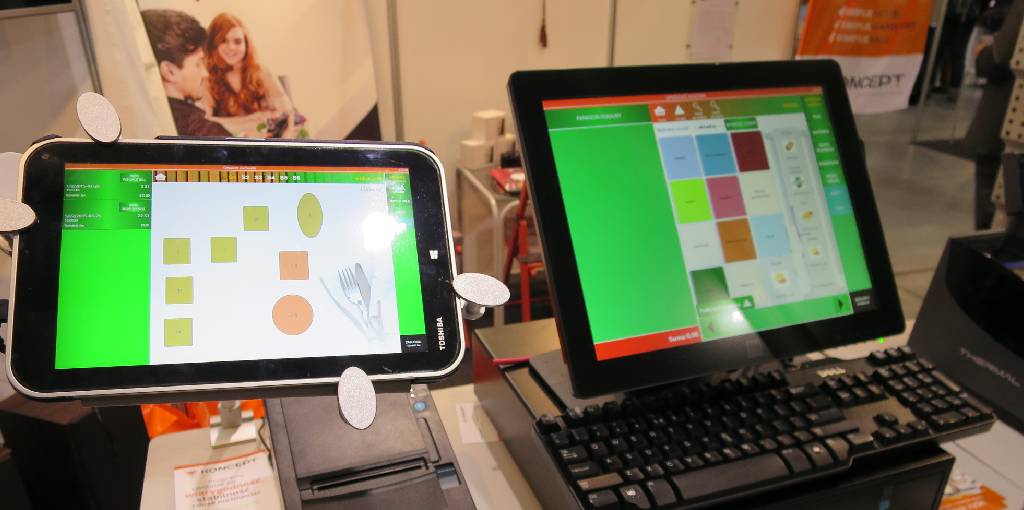Optimizing Retail Operations: Strategies for Efficiency and Success

In today's competitive retail landscape, streamlining operations is no longer a suggestion, it's a necessity. Efficient operations lead to a happy bottom line and a delightful customer experience – the perfect recipe for success. But where do you even begin?
This blog post dives into key strategies to optimize your retail operations, from the back office to the storefront.
- Mastering the Fundamentals:
- Inventory Management: Stockouts and overstocking can cripple your business. Implement an inventory management system that tracks stock levels, predicts demand, and automates reordering. This ensures you have the right products on hand when customers need them.
- Streamlined Operations: Analyze your daily tasks and automate wherever possible. Consider digital tools for tasks like scheduling, payroll, and communication. This frees up valuable employee time for customer service and sales.
- Financial Fitness: Maintaining healthy financials is crucial. Regularly monitor key metrics like profit margins, sales trends, and labor costs. This allows you to identify areas for improvement and make data-driven decisions.
- Enhance Supply Chain Efficiency
- A streamlined supply chain is essential for delivering products to customers efficiently and cost-effectively. Retailers should collaborate closely with suppliers to optimize procurement processes, negotiate favorable terms, and minimize lead times. Adopting vendor-managed inventory (VMI) and implementing electronic data interchange (EDI) systems facilitate seamless communication and coordination between retailers and suppliers, enabling real-time inventory visibility and automatic replenishment. Additionally, leveraging transportation management systems (TMS) and route optimization software optimizes delivery routes, reduces transportation costs, and enhances overall supply chain efficiency.
- Embrace Technology:
- Digitize Tasks: Free your staff from mundane tasks by automating repetitive processes like inventory checks or order processing. This allows them to focus on higher-value activities.
- Contactless Payments: Offer contactless payment options like NFC or QR codes. This caters to the growing demand for speedy and touchless transactions, improving checkout efficiency.
- Data-Driven Decisions: Retail is no longer a guessing game. Leverage data analytics to gain insights into customer behavior, sales trends, and inventory needs. Use this data to optimize your operations and marketing strategies.
In conclusion, optimizing retail operations requires a multifaceted approach encompassing technology adoption, inventory management, supply chain optimization, omni-channel retailing, and employee development. By embracing these strategies and continually refining their operations, retailers can enhance efficiency, drive customer satisfaction, and achieve sustainable growth in today's competitive retail landscape.
Remember: Optimizing retail operations is an ongoing process. Regularly evaluate your strategies, adapt to changing customer preferences, and embrace new technologies. By focusing on efficiency and customer satisfaction, you'll be well on your way to retail success.
Our team can help you find the best POS software for your needs and provide training as well. Contact us today to learn more about how we can help increase productivity in your store with a POS system.
You may read also – Why Online POS Software is better than Offline POS Software!











